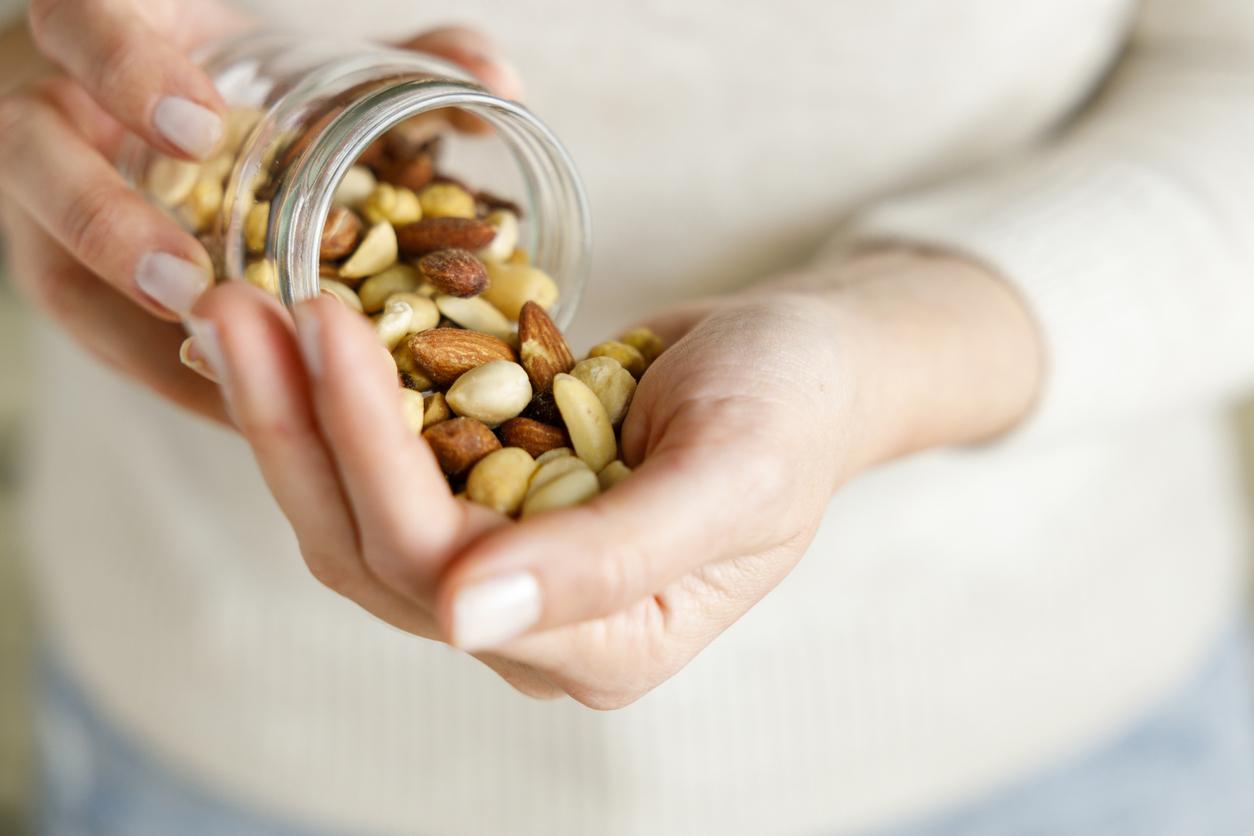Regular or excessive alcohol consumption increases the risk of respiratory infections by reducing the amount of nitric oxide. A gas which plays an anti-bacterial role.

We often spot someone who has been drinking on their heavy breath. But besides the smell of alcohol, the air exhaled by people who drink too much has other peculiarities, some of which have an influence on the ability to fight lung infections. A study published in the review Chest shows that the air exhaled by heavy drinkers contains less nitric oxide, also called nitric oxide, than in people who are abstinent. A difference that would increase the risk of lung disease.
Researchers at the University of Chicago have carried out several works to study the impact of alcohol on the endocrine, gastrointestinal, immune and nervous systems, and on the skeleton. Between 2007 and 2012, they analyzed the drinking habits of 12,059 adults aged 21 to 79. These have been divided into four categories: non-drinkers, non-binge drinkers, former binge drinkers, and current binge drinkers. This last category includes men who drink more than two glasses of alcohol per day, and women who consume at least one daily, as well as adults who indulge in binge-drinking at least once a month (rapid consumption and excessive alcohol in order to feel the effects of drunkenness).
Weakens the barrier against bacteria
Then the scientists measured the level of nitric oxide in the exhaled air using the non-invasive FeNO (fractional excretion of exhaled nitric oxide) method. Nitric oxide helps protect against certain harmful bacteria. In the lungs, it acts in particular as a vasodilator of the bronchi, and can stimulate the beating of the bronchial cilia. These cilia line the respiratory system and help evacuate mucus from the bronchi to clean the walls.
The group that consumes excessively alcohol (26.9% of participants) is also the one with the lowest median level of nitric oxide. It is indeed 11.32 parts per billion (ppm), against 14.6 ppm in people who do not drink. The nitric oxide level decreases as the alcohol consumption increases.
Asthma and alcohol, a cocktail to avoid
In order to eliminate bias, the researchers also took into account demographics, the presence of asthma in the participants, their possible tobacco consumption, as well as their diet. Foods such as green vegetables, radishes or pork can indeed be a source of nitric oxide and distort the results. “Alcohol seems to upset the balance in the lung,” says lead author Majid Afshar.
Regarding asthma, the level of nitric oxide is a good indication of the success or not of the treatments put in place to treat this pathology. Excessive alcohol consumption could therefore interfere with these medical examinations. The authors of the study therefore suggest that healthcare professionals take into account the alcohol consumption of their patients in order to interpret the data as well as possible and to adapt the treatments.
.















